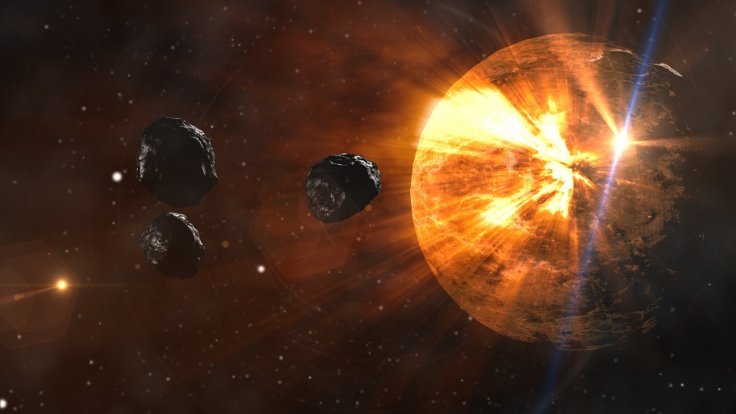A former science teacher explained how the Moon's destruction would affect Earth and all life on the planet. He said the destruction of Earth's natural satellite would eventually cause mass extinction events on the blue planet.
The catastrophic scenario was discussed on the question-and-answer website Quora by Aaron Adamson, a former science teacher with a background in physics.

Initial Effect Of Moon's Destruction
As explained by Adamson, if the Moon gets destroyed through a powerful explosion or violent collision, its fragments would remain where the natural satellite used to be. One of the first effects that Earth would experience following the Moon's destruction is changes to the tides.
However, according to Adamson, the tides won't change drastically since they would still be under the control of the Sun's gravitational force. "The tides would change but not disappear," he stated. "In fact, they would become simpler, less dramatic, and easier to predict, because the Sun's gravity is a major contributor to tidal action and so would dominate once the moon's mass became less concentrated."
As for the Moon's fragments, each piece would eventually start moving due to Earth's gravitational pull. Although this could cause certain pieces to swirl around the planet, forming a ring of debris like Saturn, the other fragments could break out of orbit and enter Earth's atmosphere.

Extinction Event From Multiple Earth Impacts
Adamson warned that if this occurs, Earth would get pelted by the Moon's fragments. Although some of these might be small enough to burn up and break apart in Earth's atmosphere, others could be large enough to cause major impact events on Earth. As noted by Adamson, Earth would experience frequent strikes similar to asteroid impacts. Depending on the sizes of these fragments, he said that there's a chance that the planet might get hit by a lunar fragment that's as big as the asteroid that collided with Earth 66 million years ago.
If this happens, Earth would most likely experience extinction-level events that would wipe out over 70 percent of life on the planet. "It is likely that so much moon material will de-orbit that it will be like a constant hail of meteors of all sizes, such that they will cause massive destructive explosions all over the Earth's surface," Adamson explained. "It will be an extinction event at least as bad, and probably far worse, than the event that killed the dinosaurs."









